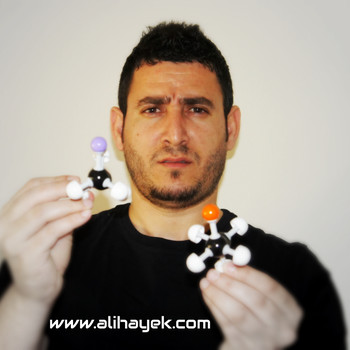What is the explanation for the relative stabilities of methyl, primary, secondary, and tertiary carbocations?
1 Answer
Inductive Effect.
Explanation:
Carbocations become more stable when the electron-deficient carbon becomes less deficient. In other words, it is when the electron density around that carbon atom becomes higher.
Image source: Organic Chemistry-Janice Gorzynski Smith 3rd Ed
If a carbocation is connected to electron-donating groups, these groups will pump electrons to this carbon atom to compensate for the loss of the electron density around it.
Alkyl groups in general are electron-donating groups by inductive effect. Inductive effect by definition is the transfer of electrons through
Therefore, the higher the number of alkyl groups (or in this case methyl groups) connected to the carbocation, the more stable it becomes, therefore, we can rank the stability as follows:

